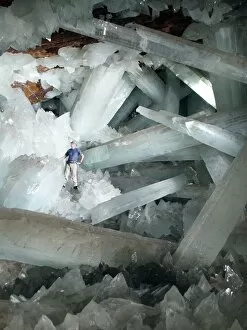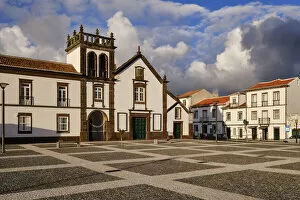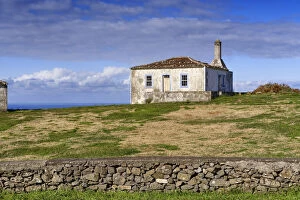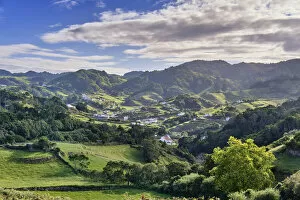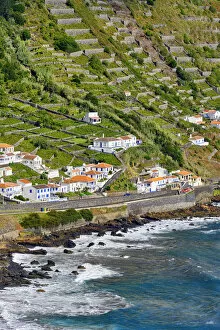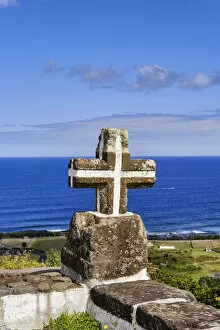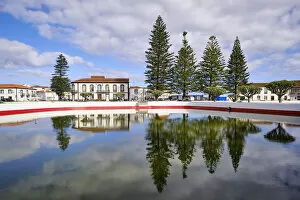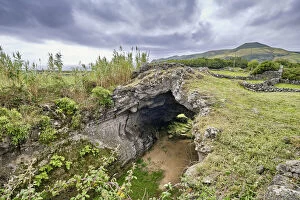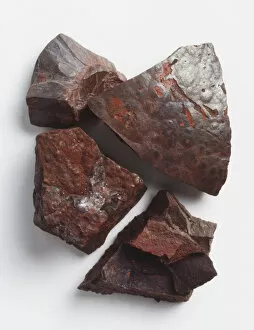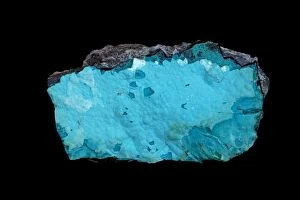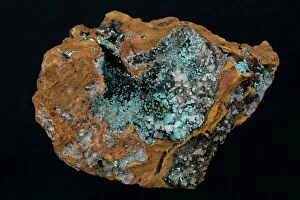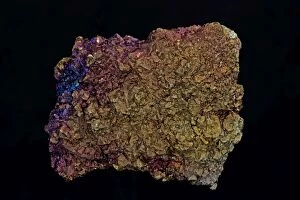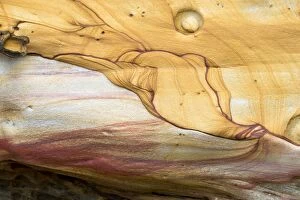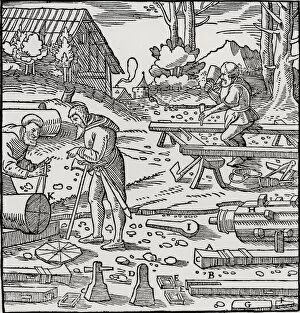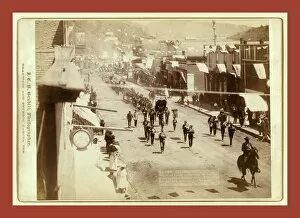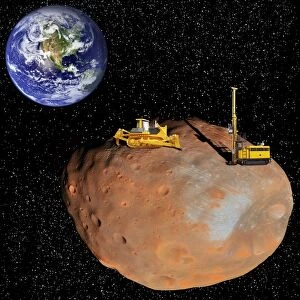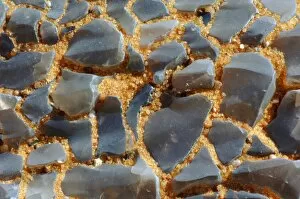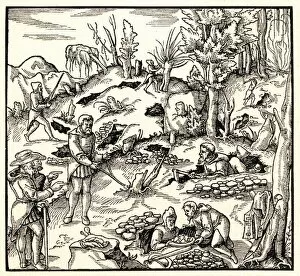Ores Collection
"Unveiling the Hidden Beauty: Exploring Ores from Around the World" Delving into the depths of Mexico's Naica Mine
All Professionally Made to Order for Quick Shipping
"Unveiling the Hidden Beauty: Exploring Ores from Around the World" Delving into the depths of Mexico's Naica Mine, we discover a mesmerizing Cave of Crystals that leaves us in awe of nature's artistic prowess. Picture No. 11091681 captures the enchanting allure of Santa Cruz da Graciosa, an island in Azores, Portugal, where ores lie hidden beneath its picturesque landscapes. Journeying to Pozos near San Miguel in Mexico's North America region reveals a remarkable copper seam within an old mine, showcasing the rich history and resources embedded within our Earth. The Cave of Crystals at Naica Mine beckons once again with its ethereal beauty, reminding us that even deep underground lies a treasure trove waiting to be discovered. With each visit to the Cave of Crystals at Naica Mine, we are reminded that this natural wonder is not just fleeting but everlasting—its grandeur never ceases to amaze. As we delve deeper into the heart of Naica Mine's Cave of Crystals, we uncover more breathtaking formations—a testament to Mother Nature's ability to create wonders beyond imagination. The Convento de São Francisco stands as a timeless reminder of Portugal's heritage while ores silently contribute their part in shaping history through their invaluable presence beneath our feet. Santa Barbara parish on Santa Maria Island in Azores showcases both architectural marvels and hidden treasures below ground—an exquisite blend between man-made beauty and nature’s gifts. Norte on Santa Maria Island unveils traditional farmhouses against a backdrop adorned with ores—reminding us how these precious minerals have shaped communities for generations upon generations. Within Santa Barbara parish lies a harmonious coexistence between traditional farmhouses and bountiful ores—a true testament to humanity’s symbiotic relationship with Earth’s resources.

